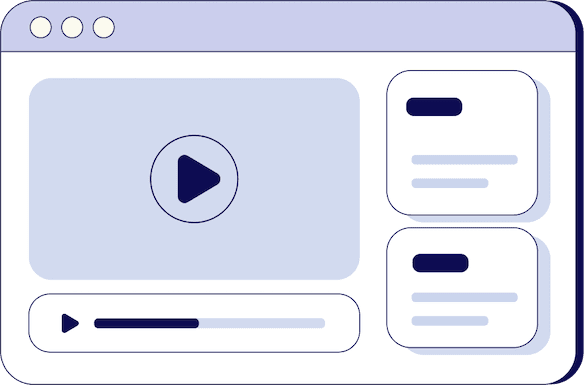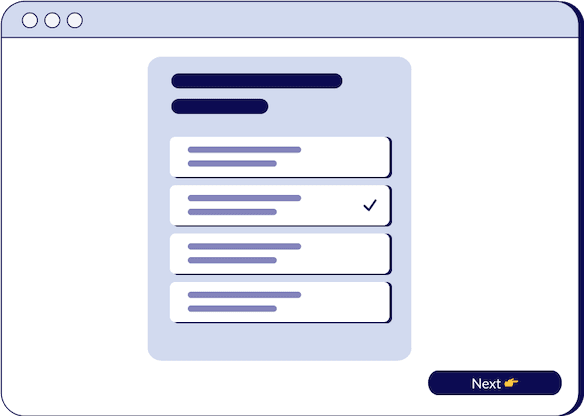
The COI Slide
Izzy Guarino
Head of Product

- duration
- 16 min
- Average Score
- 104%
- Stars
- 5
Effectively presenting the price of a product or service is crucial for closing deals. However, many sales professionals struggle with finding the right approach to presenting price that resonates with prospects. In this session, we will explore a powerful technique called the COI slide, which stands for the cost of inaction. Understanding the difference between the COI and the ROI (return on investment) is key to utilizing this technique effectively. We will also discuss simple frameworks and provide examples to help you confidently apply this technique in your next sales call.
Understanding the Cost of Inaction (COI)
Before diving into the COI slide, it's important to understand what the COI actually means. The cost of inaction refers to everything negative that can happen if a customer insists on maintaining their current status quo. Identifying the COI requires conducting a root cause analysis, a technique that uncovers the underlying cause of a problem. In this example, we will use a scenario involving a marketing manager.
Let's say you are speaking with a marketing manager who mentions the need for more sales leads. When you ask why they need more sales leads, they explain that they need to achieve a monthly recurring revenue (MRR) goal of $50,000. Digging deeper, you discover that missing this quota would disappoint investors, potentially jeopardizing a series A investment. A series A investment typically ranges around $12.5 million, meaning the business could potentially cease to exist without it.
Pro tip: we fully explored this example in this session.
This root cause analysis helps you uncover the true significance of the problem. It's essential to cover this analysis during your discovery call with the prospect, ensuring that you have a clear understanding of their pain points and the potential consequences of inaction.
Differentiating COI and ROI
While the COI represents the cost of inaction, the ROI denotes the return on investment. When presenting price to a prospect, they are often focused on what they will gain from investing in your product or service. However, they may not consider the costs and risks they may be avoiding by not taking action. These costs and risks are less tangible and form part of the COI.
It's important to note that people are three times more averse to loss than to gain. Therefore, it is crucial for prospects to see what they will be losing if they choose not to invest in your offering. Unfortunately, many sales reps make the mistake of only presenting the ROI slides, emphasizing what the customer will gain rather than what they stand to lose.
Utilizing the COI Slide: A Framework
To effectively present the COI to your customer, you can follow a simple framework. Here's a step-by-step breakdown:
1. Agenda: Begin by setting the agenda of the sales call. Ask the prospect what they expect from the call, aligning your goals with theirs. This ensures that both parties are on the same page and ready to discuss potential solutions.
2. Confirm Expectations: After explaining the problem and proposing a solution during the sales call, confirm the prospect's expectations. Remind them that they have homework to do after the call, which entails discussing the solution internally with the buying decision committee.
3. Confirm Status Quo: Use the information gathered during the discovery call and root cause analysis to confirm the prospect's current status quo. Use phrases like "you told me" to demonstrate that you understand their problem. This approach ensures that the prospect feels heard and understood.
4. Present COI Slide: After confirming the status quo, you can present the COI slide. This slide should clearly showcase the potential costs and consequences of inaction. Make sure the numbers are quantitative and easy to understand. Aim for simplicity to convey the gravity of the problem effectively.
5. Silently Reinforce COI: When presenting the COI slide, make a deliberate silence to allow the prospect to absorb the information. This silence gives them time to contemplate the potential losses and reinforces the severity of the situation.
6. Connect on a Personal Level: After the silent pause, remind the prospect that you have dealt with similar situations in the past. This personal connection builds trust and reassures them that there is a solution.
7. Confirm the Buying Process: It's essential to confirm the buying decision process and identify the key individuals involved. This ensures a smooth transition during the sales process.
8. Present Plan Options: Once you have covered the COI slide and obtained a clear understanding of the prospect's needs, present your plan options. Start with the most expensive plan, gradually moving to less costly options. This approach allows the prospect to see the different potential solutions and consider their financial range.
9. Address Objections: If the prospect raises an objection or condition regarding the pricing, address it appropriately. Differentiate between objections and conditions, and work to find a mutually satisfactory solution.
10. Reinforce COI: If the prospect remains hesitant even after presenting the minimum price range, reiterate the COI to remind them of the potential loss they might experience by not taking action.
By following this framework, you will leverage the power of the COI slide, effectively conveying the true costs of inaction to your prospects. Remember, practice makes progress, so take the time to familiarize yourself with this concept and hone your presentation skills.
In conclusion, presenting price in sales is an art that requires careful consideration of the prospect's perspective. The COI slide provides a powerful technique to illustrate the potential costs and consequences of inaction. By understanding the difference between COI and ROI and utilizing the framework provided, you'll be equipped to present price effectively and increase your chances of closing successful sales.
How Triple Session works
Training, Testing, & Feedback
Triple Session's proven formula accelerates your sales performance through consistent, organized practice, backed by measurable results.

Bite-Sized Knowledge
Our expert-led video sessions simplify complex sales concepts into easy-to-digest 5-15 minute videos for better retention.

Test Your Understanding
After each session, there will be a quiz to test your understanding and help you improve on any areas that need more attention.

Evaluate and Grow
Get progress snapshots after each quiz to track your improvements and achieve your sales mastery goals.